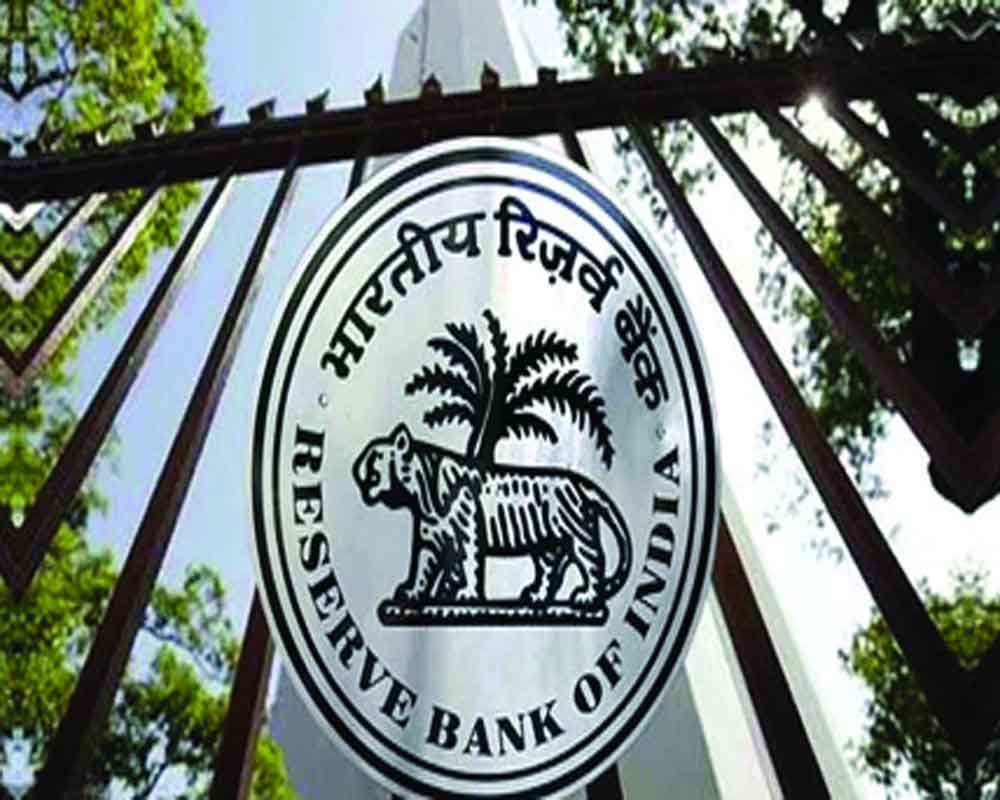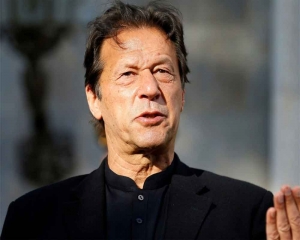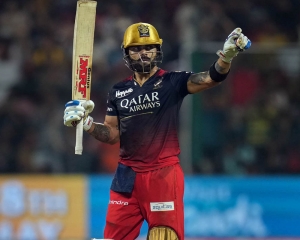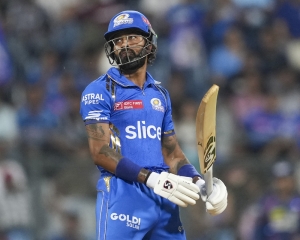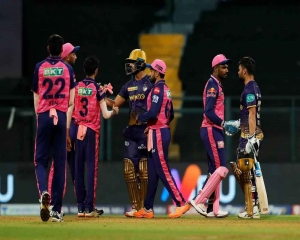With the changing nature of inflation and macroeconomic turbulence, remaining committed to inflation-targeting seems daunting
The history of monetary policymaking in India dates back to the pre-independence era, but it gained significant momentum and structure post-independence. The Reserve Bank of India (RBI) was established in 1935, as a private shareholders’ bank and was nationalized in 1949, giving the Government greater control over monetary policy and credit system. With the establishment of the Planning Commission in 1951, emphasis was laid on the direct and active role of Central banking.
A breakthrough year was 1969 when 14 private sector banks were nationalized. It led to transforming monetary policy into ‘credit planning’ and taking up a ‘command approach’ (Khatkhate, 1990). Soon the economy suffered due to the two oil price shocks (1973-75 and 1979-81) leading to critical economic crises, which led to large-scale monetary expansion in the form of Government debt to support fiscal policy. It badly hit the inflation situation when it reached 23% in 1974-75. The condition worsened and became dismal when India had to borrow largely from the IMF and also faced a critical BOP situation. Hence, the revision of the monetary policy framework was the way ahead. This was done by appointment of a committee (which came to be known as the Chakravarty Committee (1985) chaired by Sukhmoy Chakravarty) to review the functioning of the monetary system by the then Governor of RBI, Dr Manmohan Singh.
The RBI Governor, C Rangarajan, introduced the Multiple Indicator Approach (MIA) in 1998, incorporating various macroeconomic factors like interest rates, inflation, exchange rates, output growth, employment, foreign trade, capital flows, banking stability, among others, into the monetary policy framework, moving away from the unreliable M3 target due to economic liberalisation's unpredictability. This provided monetary authorities the flexibility to cater to a broad forum of economic disruptions. The economy was coordinating well with the MIA till the Global Financial Crisis of 2008 dawned, and a high-order expansionary fiscal and monetary policy was floated to capture the receding economic growth. This jeopardised inflation management by the RBI with the inflation gliding into double digits in 2009-10. The RBI became hawkish and between March 2010 and October 2011, the repo rate was increased by 325 basis points. It started preparing for inflation as the primary goal of monetary policy. Finally, in May 2016, the RBI formally adopted inflation-targeting (IT), the target being a 4 per cent inflation rate, with a relaxation of 2 per cent on both sides, to handle unforeseen macroeconomic disruptions. Taming inflation helps counter investor uncertainty and business sentiments, anchors inflationary expectations, unfavourable exchange rates and balance of payments, besides supporting receding purchasing power.
The IT did not get a fair chance to prove itself due to economic disturbances like Demonetisation and the Pandemic, and the current geo-political unrest has led to supply-side inflationary pressures that are difficult to control with IT, which is more efficient against demand-side inflation.
With the changing nature of inflation from demand to the supply side, macroeconomic turbulence, and burgeoning uncertainties, remaining committed to IT seems daunting. The RBI needs to frame a comprehensive policy to make determined efforts to address and supplement IT with prudent actions to counter supply-side disruptions especially, affecting food prices.
(The author is assistant professor at Sri Guru Gobind Singh College of Commerce, University of Delhi; views are personal)













